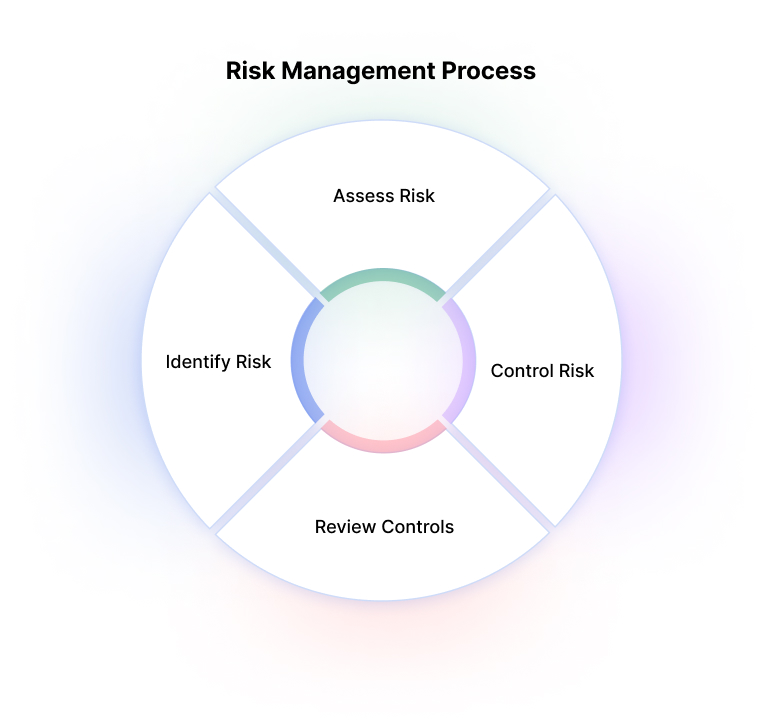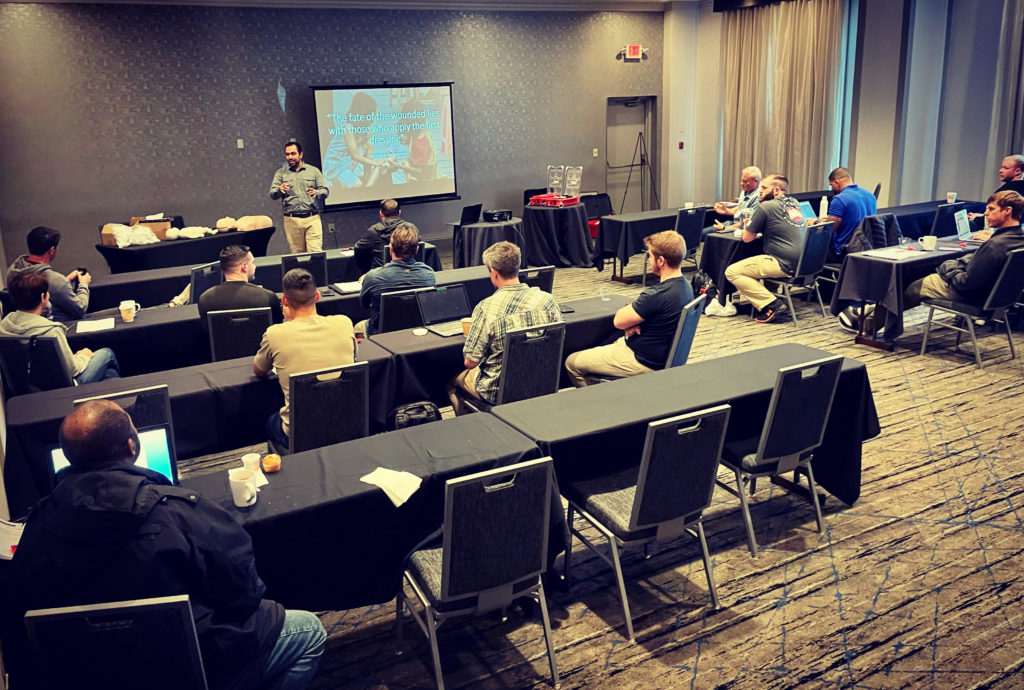In an increasingly unpredictable world, the demand for skilled executive protection professionals is at an all-time high. This essential field transcends mere bodyguard duties, evolving into a sophisticated blend of strategy, awareness, and tactical prowess.
Whether you’re shielding high-profile clients from potential threats or navigating complex environments with precision, a solid foundation in executive protection training is non-negotiable. This article delves into the three core components of such training that you simply cannot overlook.
Mastering these elements not only elevates your skill set but also instills a profound confidence that is imperative in this high-stakes arena. From threat assessment and risk management to advanced defensive techniques, each component plays a pivotal role in ensuring the safety of those you are sworn to protect.
Let’s explore the intricacies of these fundamental areas, because in the realm of executive protection, knowledge and preparedness truly are your greatest allies.
1. Threat Assessment and Risk Management

Threat Assessment and Risk Management stand as the bedrock of effective executive protection training. Understanding the landscape of potential threats requires a skillful analysis that spans everything from personal vendettas to geopolitical unrest.
Its not merely about identifying who or what poses a risk; rather, it’s about discerning the nuances of each situation. For instance, assess the credibility of information sources or the psychological profiles of potential adversaries—these insights can be pivotal.
Moreover, the dynamic nature of risk necessitates constant recalibration. An executives itinerary may shift, alliances might alter, or new intelligence could surface overnight, compelling protection teams to adapt their strategies in real-time.
Therefore, mastering threat assessment means acquiring the agility to respond effectively while weaving together a tapestry of knowledge, intuition, and proactive planning. Such proficiency enables protection specialists to navigate the complexities of the environment with precision and foresight, securing not just safety but also peace of mind for those they protect.
2. Defensive Tactics and Emergency Response

Defensive tactics and emergency response form the backbone of any robust executive protection training program. These skills are not merely theoretical; they demand rigorous practical application that prepares operatives for real-world scenarios.
From mastering situational awareness to implementing evasive driving techniques, every detail is meticulously crafted to ensure a protector can react swiftly and effectively under pressure. Imagine navigating a crowded venue, scanning for threats while simultaneously developing a secure exit strategy—this is the level of mental agility required.
Moreover, when crises erupt, the ability to execute emergency protocols can mean the difference between safety and disaster. It’s about honing not just physical prowess but also quick thinking, adaptive strategies, and effective communication—an intricate dance between readiness and response that every executive protector must perform flawlessly.
3. Communication and Coordination Skills

Effective communication and coordination skills form the backbone of any successful executive protection effort, transcending mere dialogue to encompass a dynamic interplay of verbal and non-verbal cues. Imagine navigating a high-stakes environment where the ability to convey critical information swiftly can mean the difference between safety and chaos.
Each member of a protection team must not only articulate their strategies clearly, but also anticipate and respond to the immediate needs of both the principal and the situation at hand. This requires an agile mindset—one that embraces adaptability in the face of evolving circumstances.
Whether its coordinating logistics on the fly, deciphering the nuances of a threat landscape, or executing strategic maneuvers during a public appearance, the art of seamless communication cements trust and enhances operational efficacy. In essence, mastering these skills not only enhances team synergy but also establishes a heightened sense of security for those who depend on your vigilance.
Conclusion
In conclusion, mastering the three core components of executive protection training—threat assessment, evasive driving, and interpersonal skills—ensures that security professionals are thoroughly equipped to safeguard their clients in an increasingly complex world. By developing a keen understanding of potential threats, honing evasive driving techniques, and enhancing communication abilities, individuals not only elevate their own expertise but also contribute to the overall effectiveness and credibility of the security industry.
As the landscape of executive protection continues to evolve, ongoing education and practice in these fundamental areas will remain essential for those committed to delivering the highest level of safety and security.


